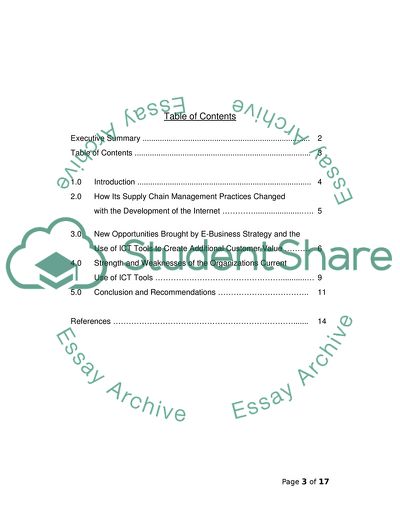Cite this document
(Not Found (#404) - StudentShare, n.d.)
Not Found (#404) - StudentShare. https://studentshare.org/e-commerce/1773409-e-business-and-value-chains
Not Found (#404) - StudentShare. https://studentshare.org/e-commerce/1773409-e-business-and-value-chains
(Not Found (#404) - StudentShare)
Not Found (#404) - StudentShare. https://studentshare.org/e-commerce/1773409-e-business-and-value-chains.
Not Found (#404) - StudentShare. https://studentshare.org/e-commerce/1773409-e-business-and-value-chains.
“Not Found (#404) - StudentShare”. https://studentshare.org/e-commerce/1773409-e-business-and-value-chains.


